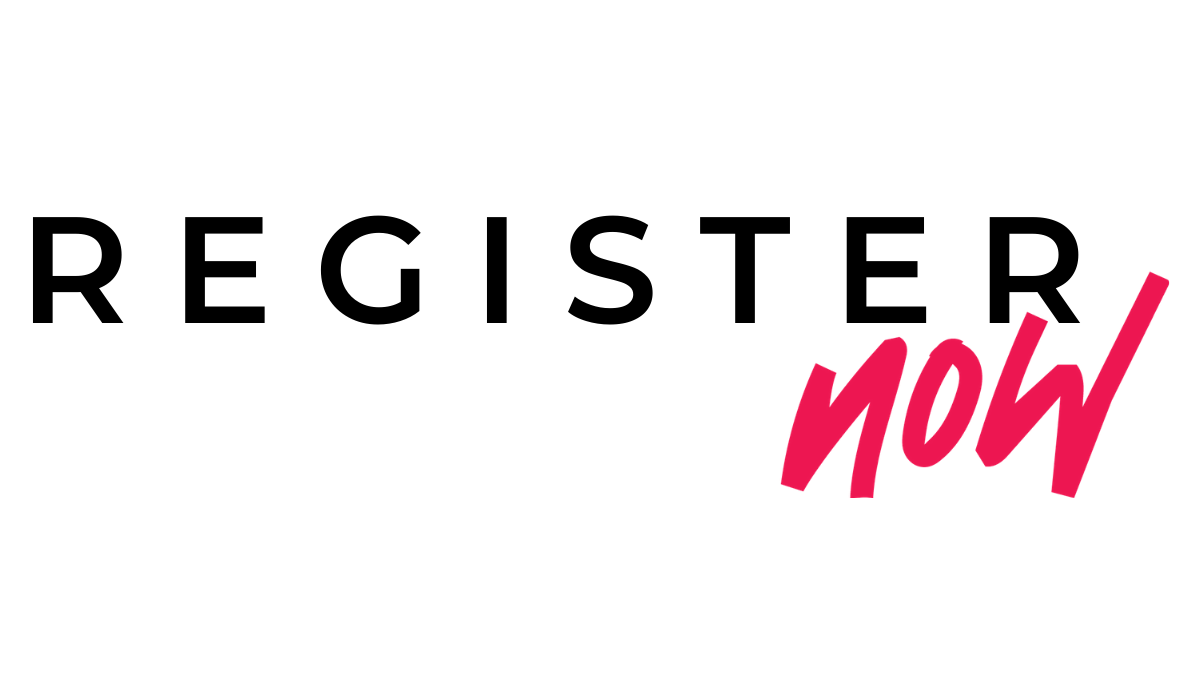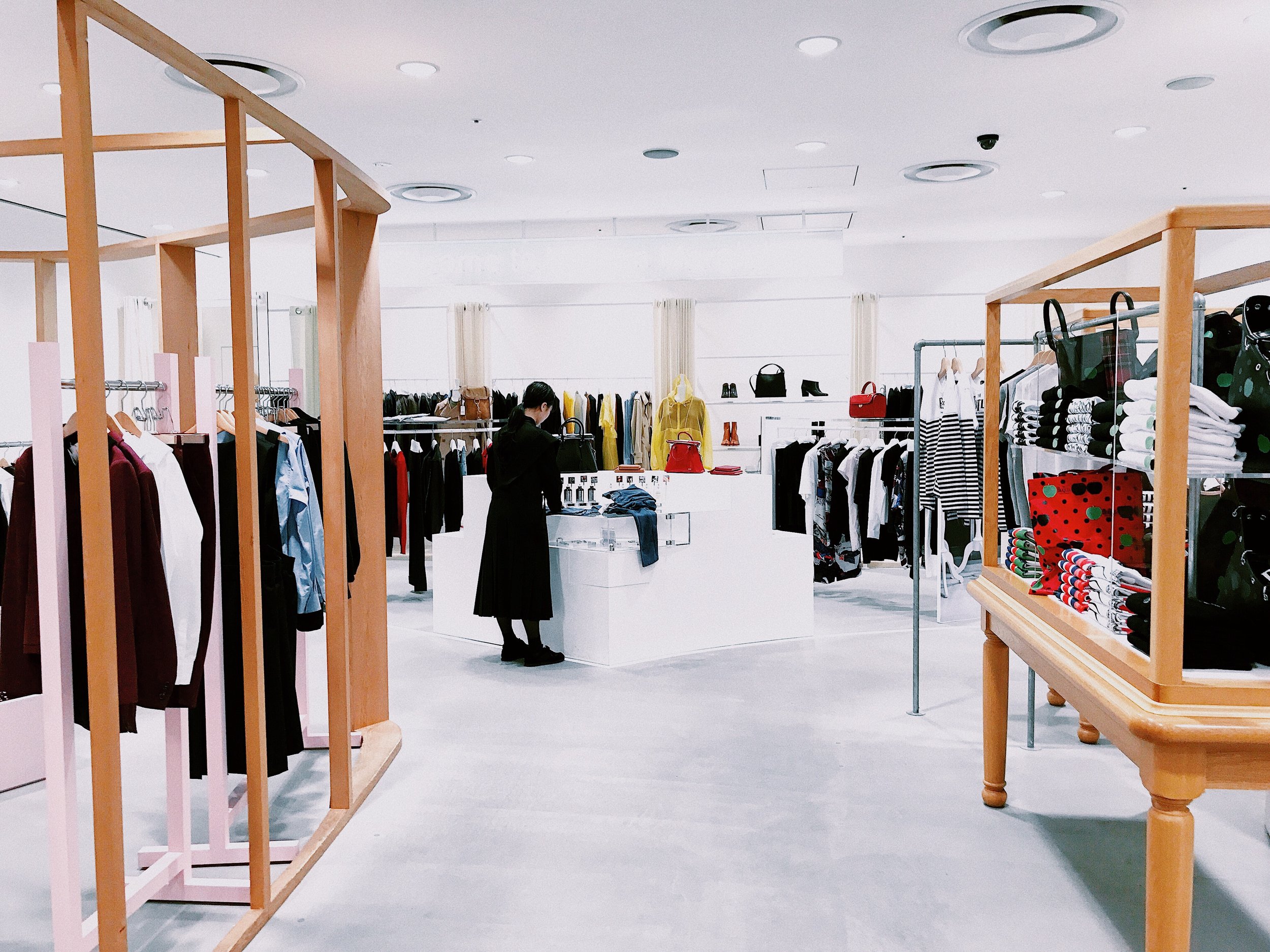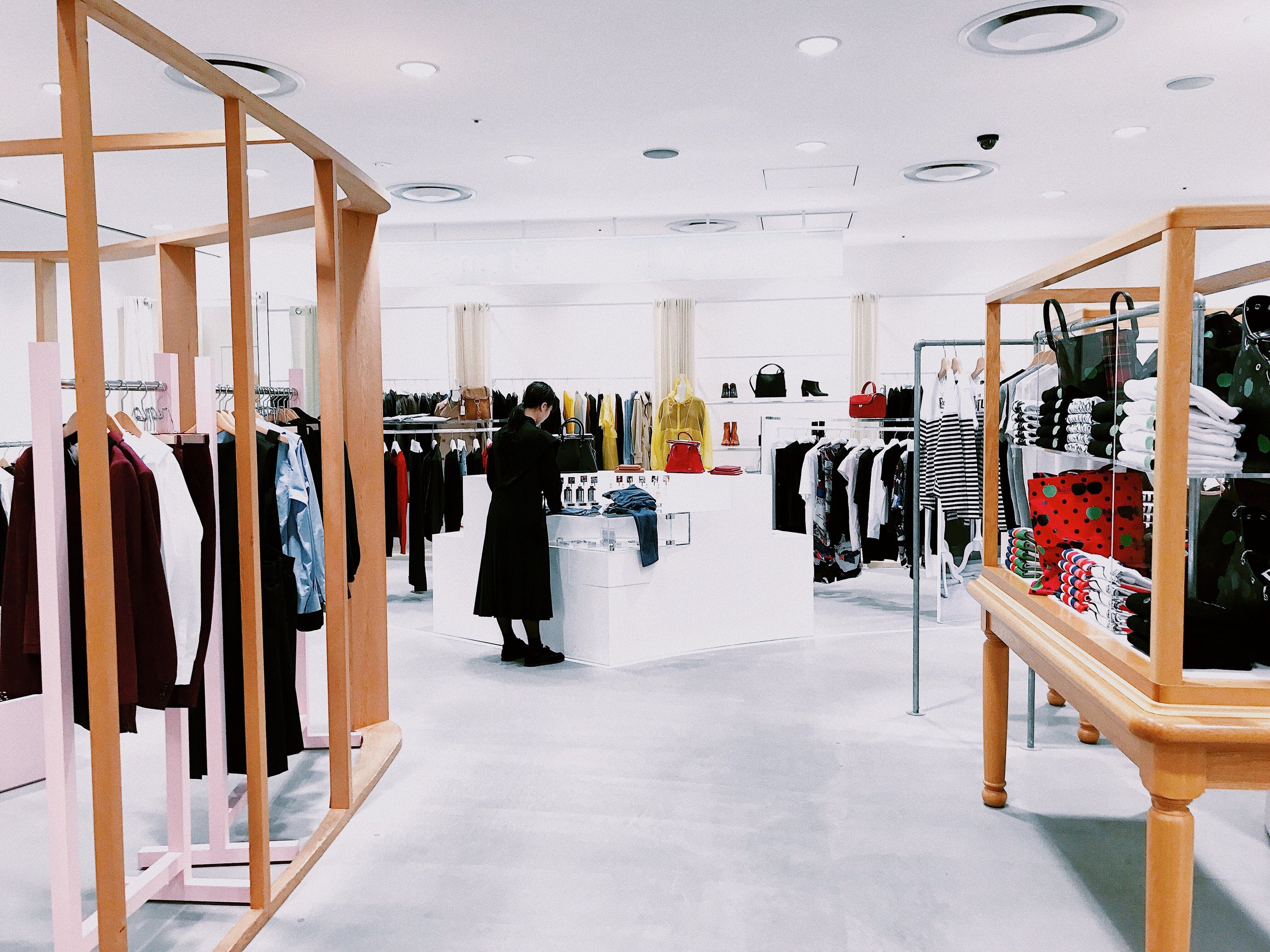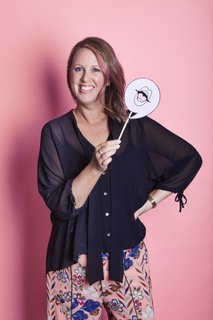The convenience of online shopping has posed both, a challenge and a huge opportunity for retailers. In 2018, 10% of the total retail sales in Australia was done online (source). By 2020, one out of ten items will be purchased online (source).  If you’re not leveraging online shopping, you’ll be left behind very quickly.The question, of course, is: How can you beat the competition, which continues to grow, and increase your online retail sales?Here are my five ways to boost your sales online.
If you’re not leveraging online shopping, you’ll be left behind very quickly.The question, of course, is: How can you beat the competition, which continues to grow, and increase your online retail sales?Here are my five ways to boost your sales online.
1. Build A Strong Brand
Building a trusted, loved brand based on values has never been so important. Consumers are savvy and bombarded with marketing messages all the time. It’s only natural that people came to distrust what they see and hear online.Building a community of loyal customers and brand advocates online will set you apart and will ensure you have an audience waiting with hearts and wallets open when you launch products or run a sales campaign.Most importantly, you won’t have to drive sales by discounting, which will help increase your profitability.Start by being crystal clear on your brand values and what your brand stands for. Know exactly who your ideal customers are and speak their language. Go deep, not wide, and appeal to those who share the same values as you.
2. Optimize Your Website For Conversions
Did you know that only 3% of people landing on your website is ready to buy right now? And from this 3%, not everyone will choose to buy from you? In fact, the average conversion rates for e-commerce is 2%. Very low indeed.Too many retail websites seem to be optimized to send the traffic back to Instagram. It should be exactly the opposite. Put yourself in your customers shoes and ask yourself: What do they need to see, know and understand to make a purchase?Everyone shopping online is afraid of regretting their purchase because the actual product may not look, feel, or fit as expected, or may not arrive on time. Remove any perceived risk and you will quickly see an increase in online sales.
You can reduce the purchase risk dramatically by:- Using large, detailed, varied images and videos of your products on your website.
You know how your product looks like, but don’t assume your customers do too.Give them an “almost in person” experience by providing several photos, from different angles and videos of your products.Don’t just use imagery of the product on its own. Show the product on a human model.
- Describing your products in detail. If you don’t have a minimum of 2 paragraphs describing your products, you have room for improvement.
Consumers want to know what they’re buying, how it was made, where, which materials, whether it’s eco-friendly, etc. Leave nothing out. Being upfront about shipment costs, delivery times, and your returns policy. Don’t hide those details where no one can find them. Make sure it’s clear and visible.
3. Develop The Relationship Further Through E-mail
E-mail marketing is still one of the most cost-effective, personal ways to deepen the relationship with your customers and prospective customers. While social media is borrowed land, your email database belongs to you.In addition, there’s no algorithm dictating how many people will see or read your emails. It’s up to you to make it interesting and appealing to your customers.One of the biggest mistakes I see when it comes to e-mail marketing is the lack of a strategic, content-driven email marketing plan, especially from retailers.While your customers want to know about your latest product releases and sales, you should use email to develop the relationship further, and strengthen your brand and bond with your customers.
4. Cross-sell And Up-sell
Selling only one product to your customers is a huge miss opportunity. Know your products well, and what goes with each of them. Suggest complementary products below the product being viewed.People are after a solution, not just a product. If someone is looking for a skirt, chances are they’d be keen to buy a matching shirt, a belt, earrings, shoes, or a jacket that completes the look.Make it easier for your customers to find matching pieces. It’s not salesy, it’s good customer service, and it will increase your dollar sale.
5. Stay Front Of Mind - Advertise
Organic marketing will only take you so far. Facebook and Instagram advertising are very affordable and highly effective. In fact, never before, small businesses had such great access to paid advertising.Advertising your products, blogs, popular posts, competitions and events, consistently, will help you gain momentum and increase your sales long-term.The word to notice here is
consistently. Don’t just advertise during big sales times, or on special occasions when everyone else is advertising. It will cost you more, and it will be less effective.Do it every month to ensure your brand stays front of mind. Remember my first point. You want to create a community of loyal customers and brand advocates.It won’t happen if you only show up from time to time. Consistency is key.I hope you found these tips helpful, and remember to look at your business and website from your customers point of view.
 By Fernanda Alberici / Marketing Strategist and founder of FAB Marketing. Website
By Fernanda Alberici / Marketing Strategist and founder of FAB Marketing. Website Fashion Exposed Now
Hear more insights from Fernanda during her Free Round Table Session, 'Beyond Likes - How to increase your online sales', on Monday 3 February at Fashion Exposed Now, Australia’s only dedicated womenswear buying event. Registration is free and includes access local and international labels, seminars and round table sessions to help build your business. Sunday 2 – Monday 3 February 2020Royal Exhibition Building, MelbourneFree, trade-only event.

 There have been thousands of articles written about this very topic (I’m sure I’ve read hundreds of them over the years myself), and yet it’s still something I see businesses getting very, very wrong.The pre-header is an often misunderstood, misused field in email marketing that when used correctly, is just as important as a good subject line.So, to get you ahead of the pack, here’s a guide on how to use your pre-header wisely.
There have been thousands of articles written about this very topic (I’m sure I’ve read hundreds of them over the years myself), and yet it’s still something I see businesses getting very, very wrong.The pre-header is an often misunderstood, misused field in email marketing that when used correctly, is just as important as a good subject line.So, to get you ahead of the pack, here’s a guide on how to use your pre-header wisely. By Sophie Macfarlane-Digital Whizz of TalkShop Bespoke Retail Consulting
By Sophie Macfarlane-Digital Whizz of TalkShop Bespoke Retail Consulting 



 Feeling a bit uninspired? Shop feeling flat? Stock levels low or nothing new coming in? Give your shop a quick refresh and revitalise you, your team and your customer with these 5 Visual Merchandising techniques;
Feeling a bit uninspired? Shop feeling flat? Stock levels low or nothing new coming in? Give your shop a quick refresh and revitalise you, your team and your customer with these 5 Visual Merchandising techniques; By Sarah Quinn- Co-Founder of TalkShop Bespoke Retail Consulting
By Sarah Quinn- Co-Founder of TalkShop Bespoke Retail Consulting 
 If you’re not leveraging online shopping, you’ll be left behind very quickly.The question, of course, is: How can you beat the competition, which continues to grow, and increase your online retail sales?Here are my five ways to boost your sales online.
If you’re not leveraging online shopping, you’ll be left behind very quickly.The question, of course, is: How can you beat the competition, which continues to grow, and increase your online retail sales?Here are my five ways to boost your sales online. By Fernanda Alberici / Marketing Strategist and founder of FAB Marketing.
By Fernanda Alberici / Marketing Strategist and founder of FAB Marketing. 
 Six month marketing planCreate a monthly schedule from February until end of financial year. The marketing/planning calender’s purpose is to lay out the six months ahead and avoid ‘knee-jerk’ reactions to poor sales. In this schedule use the below tips so that you and your team can see what is coming. It will also help you budget for events and marketing.
Six month marketing planCreate a monthly schedule from February until end of financial year. The marketing/planning calender’s purpose is to lay out the six months ahead and avoid ‘knee-jerk’ reactions to poor sales. In this schedule use the below tips so that you and your team can see what is coming. It will also help you budget for events and marketing. Written by Gemma Ostroburski- Founder of
Written by Gemma Ostroburski- Founder of